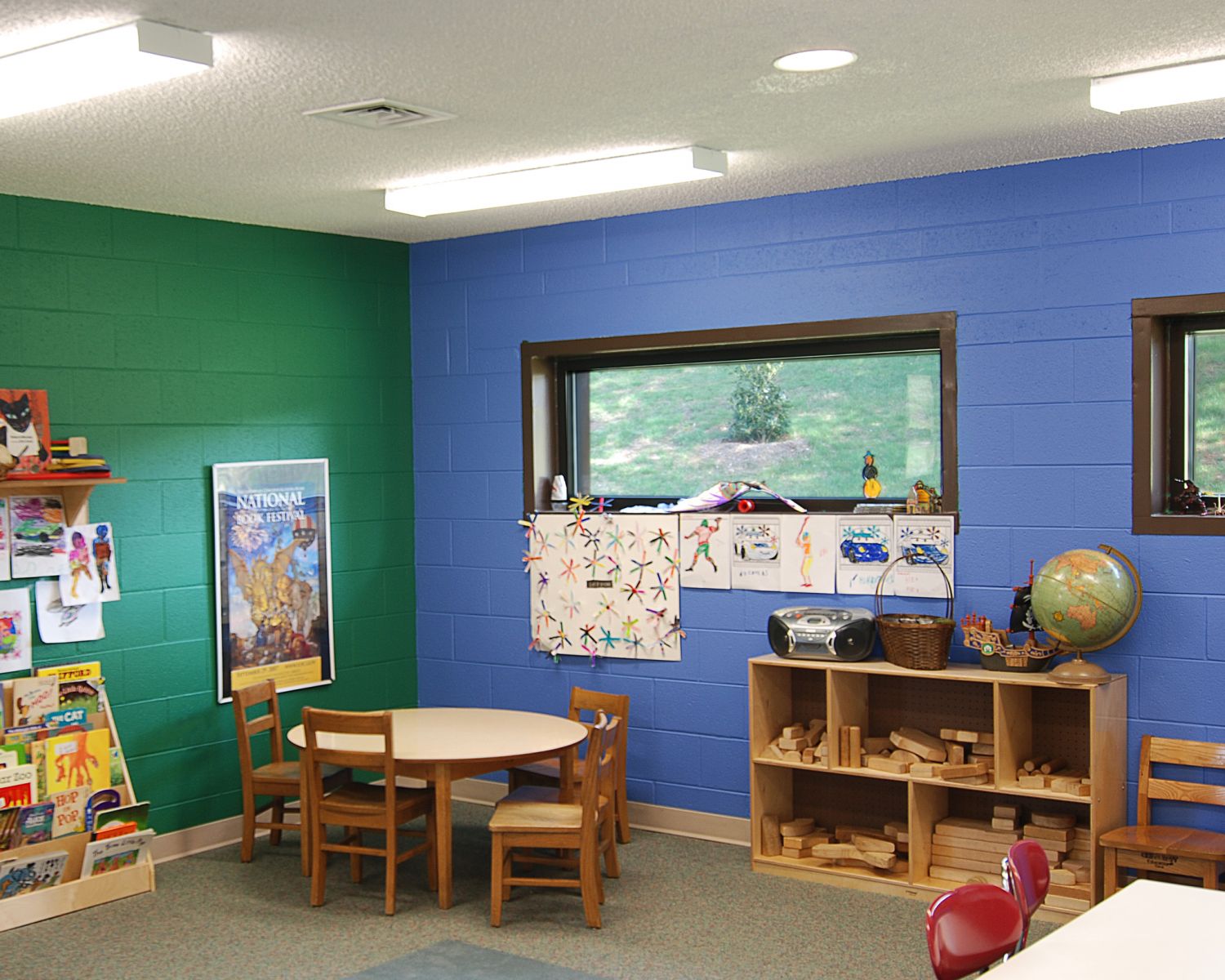Remember this...
“UD principles help to ensure that all young children – those with disabilities and those who are typically developing – have access to learning environments, to normal home or educational routines and activities, and to the general education curriculum. “ DEC/NAEYC, 2009
Universal Design
 Universal design (UD) is a framework for designing and delivering environments, products, information, and communication to accommodate all users, including individuals with disabilities. Universal design is incorporated in the Assistive Technology Act of 2004 and referenced in the Individuals with Disabilities Education Act of 2004.
Universal design (UD) is a framework for designing and delivering environments, products, information, and communication to accommodate all users, including individuals with disabilities. Universal design is incorporated in the Assistive Technology Act of 2004 and referenced in the Individuals with Disabilities Education Act of 2004.
In early childhood, the goal of UD is to provide accessible home and community environments, products and/or classroom materials so that the widest range of children can participate in typical activities with their peers without specialized interventions. Goodrich, 2004; Rose & Meyer, 2002
The concept of universal design originated in the field of architecture to retrofit in buildings to make them accessible to people with disabilities. Ron Mace, an architect diagnosed with polio in childhood, coined the term universal design in the early 1980s. Rather than place the burden of adaptation on individuals with disabilities, universal design emphasizes that functional environments and furniture are helpful to everyone.
Examples include:
- Curb cuts and ramps
- Speaker phones
- Wide interior hallways and doorways
- Lever handles, rather than knobs, for door handles
- Universal icons and symbols
- Closed captioning on TV programs
- Light switches with flat panels
Center for Universal Design, 1998; Bremer et al, 2002

